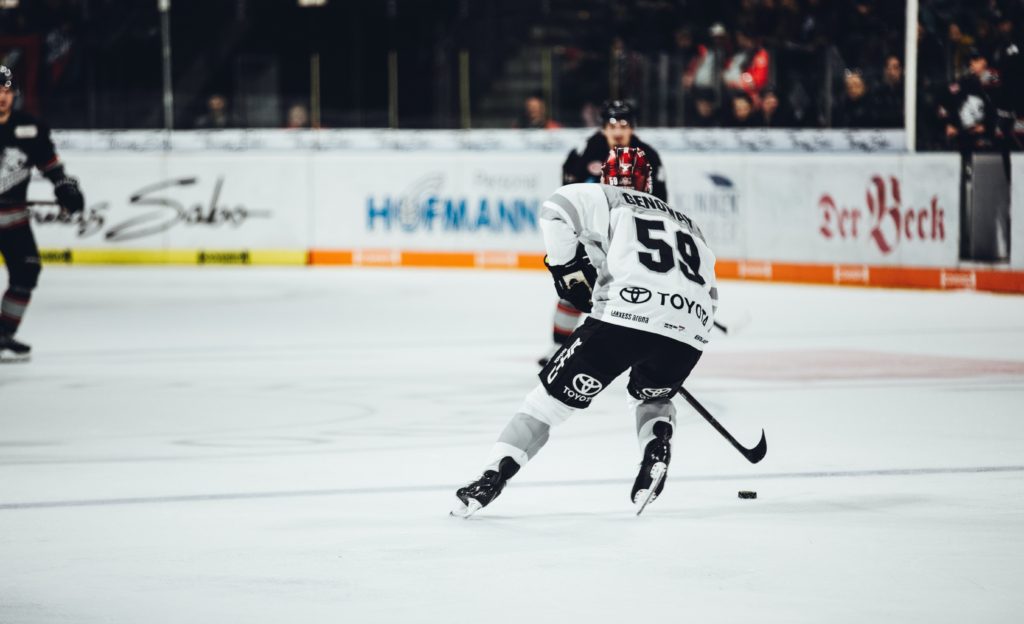Hockey players are constantly skating, turning, and stopping, which puts a lot of stress on the lower body. To reduce the risk of injury, hockey athletes need to focus on building strength and stability in the foot, ankle, knee, and hip.
In addition to strength training, hockey players also need to do balance and coordination exercises. These exercises help the brain and body work together to maintain control while skating.
Finally, hockey players need to work on their mobility. This means having a good range of motion in the joints and being able to move the muscles and joints through their full range of motion. Mobility exercises help improve skating technique and prevent injuries.
By including strength, balance, and mobility work in their hockey training regimen, hockey players can stay healthy and perform at their best on the ice.

Suggested Balance and Mobility Exercises for Hockey Athletes
The following exercises may help improve your balance and coordination while skating, as well as protect your joints from the wear and tear of constant impact.
Always do a warm-up before starting any exercise routine, and do these exercises under the supervision of a professional trainer or coach to ensure proper form and technique.
1. Heel Walks
Heel walks are a great way to improve ankle mobility and stability.
To perform this exercise, simply walk forward on your heels for 20 yards, then turn around and walk back to your starting point. Be sure to keep your toes off the ground throughout the movement.
2. Toe Walks
Toe walks are the opposite of heel walks and are great for improving the mobility of your toes and forefoot.
To perform this exercise, simply walk forward on your toes for 20 yards, then turn around and walk back to your starting point. Be sure to keep your heels off the ground throughout the movement.
3. Lateral Hops
Lateral hops are a great way to improve your balance and coordination while skating.
To perform this exercise, simply jump sideways over an object (such as a cone or stick) and land on both feet. Be sure to keep your body upright and your feet together when you land. Repeat the movement for 10-20 repetitions on each side.
4. Squat Jumps
Squat jumps are a great way to build lower body power and explosiveness.
To perform this exercise, simply squat down until your thighs are parallel to the ground, then jump as high as you can. Be sure to land softly on both feet and immediately sink back down into the next squat. Repeat the movement for 10-20 repetitions.
5. Forward Hops
Forward hops are a great way to improve your skating stride and explosiveness.
To perform this exercise, simply jump forward over an object (such as a cone or stick) and land on both feet. Be sure to keep your body upright and your feet together when you land. Repeat the movement for 10-20 repetitions.
Performing these exercises on a regular basis will help to improve your balance, coordination, and lower body power, which will in turn help you to skate faster and more efficiently. In addition, these exercises will help to protect your joints from the wear and tear of constant impact.

Summary
Hockey is a high-impact sport that puts a lot of stress on the lower body. To reduce the risk of injury and improve performance on the ice, hockey athletes need to focus on building strength, stability, and mobility in the foot, ankle, knee, and hip. In addition to strength training, hockey players also need to do balance and coordination exercises. Private one-on-one training or a hockey-specific training program can help players stay healthy and safe, and perform at their best—elevating their game to the next level.


